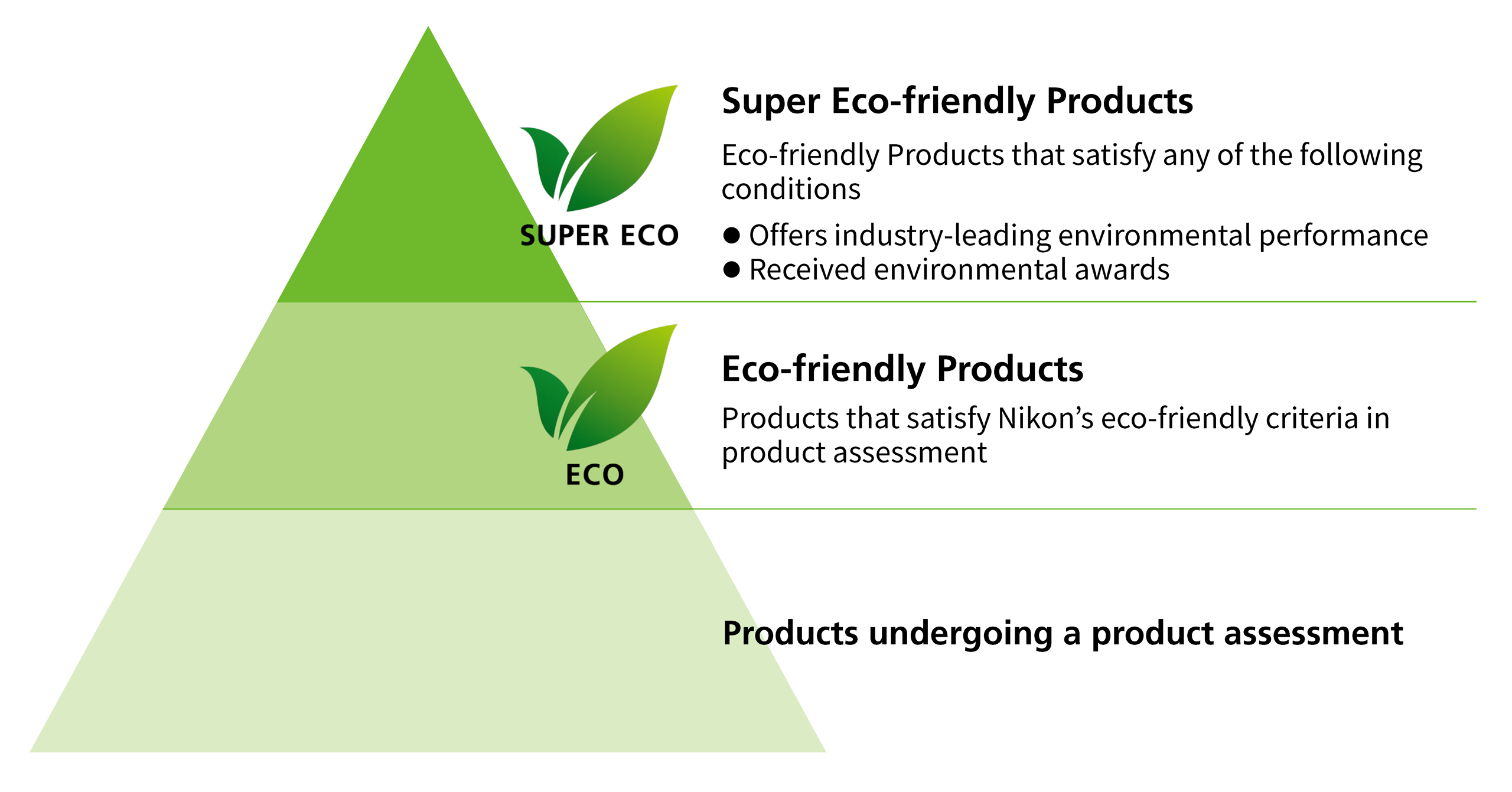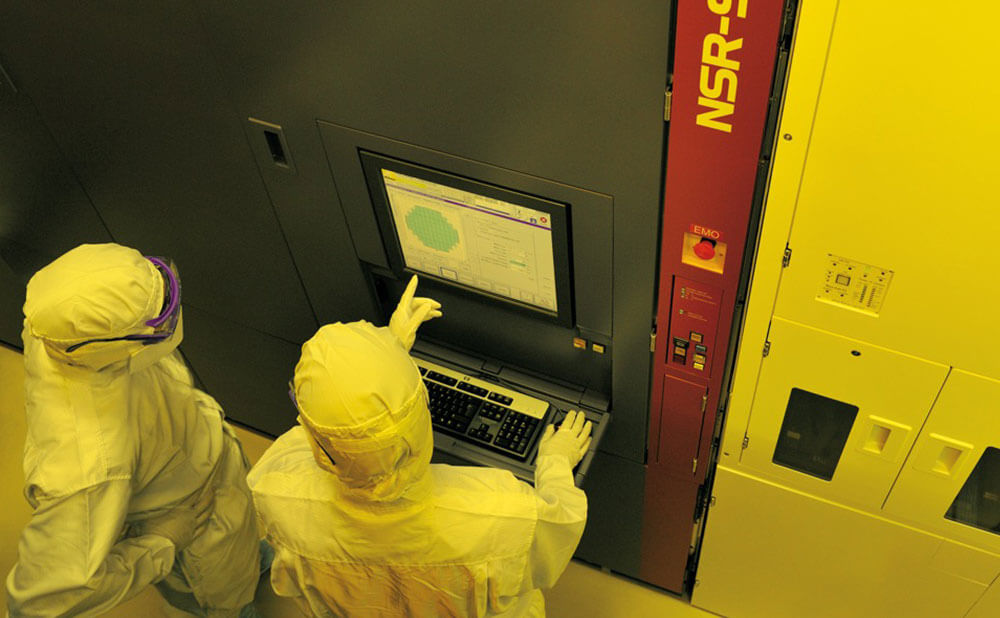 Environment
Environment
While climate change is a risk to our business, we also see a business opportunity to contribute to decarbonization and resource circulation by leveraging our core technologies.

The effects of climate change are becoming more pronounced, leading to increasingly
severe social and economic losses and damages. The deliverable of the global stocktake, an assessment of
global climate change action, reaffirmed the urgent need for action to achieve the 1.5℃ target. The document
included emission reductions for all greenhouse gases across all sectors, including industry, transportation,
and households, as well as contributions by field.
Simultaneously, there is a need to shift away from the
traditional linear economy characterized by a cycle of mass production, consumption, and waste generation
toward a circular economy in which resources are recycled and reused. In addition, with regard to chemical
substances contained in products, there has been a steady expansion in the scope of substances that are
subject to regulation, as well as in the geographical areas in which such regulations apply.
Companies will
be asked to further their efforts to conduct information disclosures based the TNFD* framework and
perform nature-related risk/opportunity assessments toward becoming Nature Positive by 2030, a movement to
halt biodiversity loss and put nature on a recovery track.
The Nikon Long-Term Environmental Vision
stipulates our three pillars of Realizing a Decarbonized Society, Realizing a Resource Circulating Society,
and Realizing a Healthy and Environmentally Safe Society. Under this vision, the Nikon Group contributes to
building a sustainable society by balancing environmental responsibility with business growth.
- *TNFD: Abbreviation for Taskforce on Nature-related Financial Disclosures. The Task Force on Nature-Related Financial Disclosure established a framework for companies and organizations to assess and disclose the impact of economic activities on the natural environment and biodiversity.
Environmental Strategy
The Nikon Group established a Sustainability Policy, which aims to contribute to sustainable
societies and achieve sustainable growth for the company. The Group has also operated under the Nikon
Environmental Activity Policy, a specific policy regarding the environment, to date. In February 2025, we
revised this policy into the Nikon Environmental Policy and further clarified the guidelines for our
activities in response to the growing seriousness of environmental issues and heightened societal expectations
for corporate initiatives.
Under these policies, we formulated the Nikon Long-Term Environmental Vision
looking ahead to fiscal year 2050 as a means to address environmental risks and regulations proactively. The
Nikon Long-Term Environmental Vision comprises three pillars believed to be particularly important in
consideration of the global situation and the characteristics of Nikon’s business, which uses limited
resources to manufacture and sell products. These three pillars are linked with Materiality and with the Nikon
Medium-Term Environmental Goals, for which fiscal year 2030 is the target year. Our Environmental Action Plan
is a single-year goal that we are rolling out across the Group. We clarify the relationship between the
environment and our business activities and then make an accurate assessment of the impacts and risks posed to
the environment, using this information to prioritize goals and plans.
The Environmental Subcommittee
deliberates on and approves self-evaluation performances and we review our action plans for the next year and
thereafter based on the issues that are identified by the Subcommittee.
The Nikon Group clarified the
content of the resource circulation targets under the Nikon Medium-Term Environmental Goals in fiscal year
2024 to enable reliable progress management toward achieving those targets.
Nikon Long-Term Environmental Vision (Target Period: Fiscal Year 2050)
The Nikon Group contributes to building a sustainable society through the Nikon Long-Term
Environmental Vision, established for Realizing a Decarbonized Society, Realizing a Resource Circulating
Society, and Realizing a Healthy and Environmentally Safe Society.
The Nikon Group is committed to
developing new businesses and tackling innovations that will contribute to reducing environmental impacts.
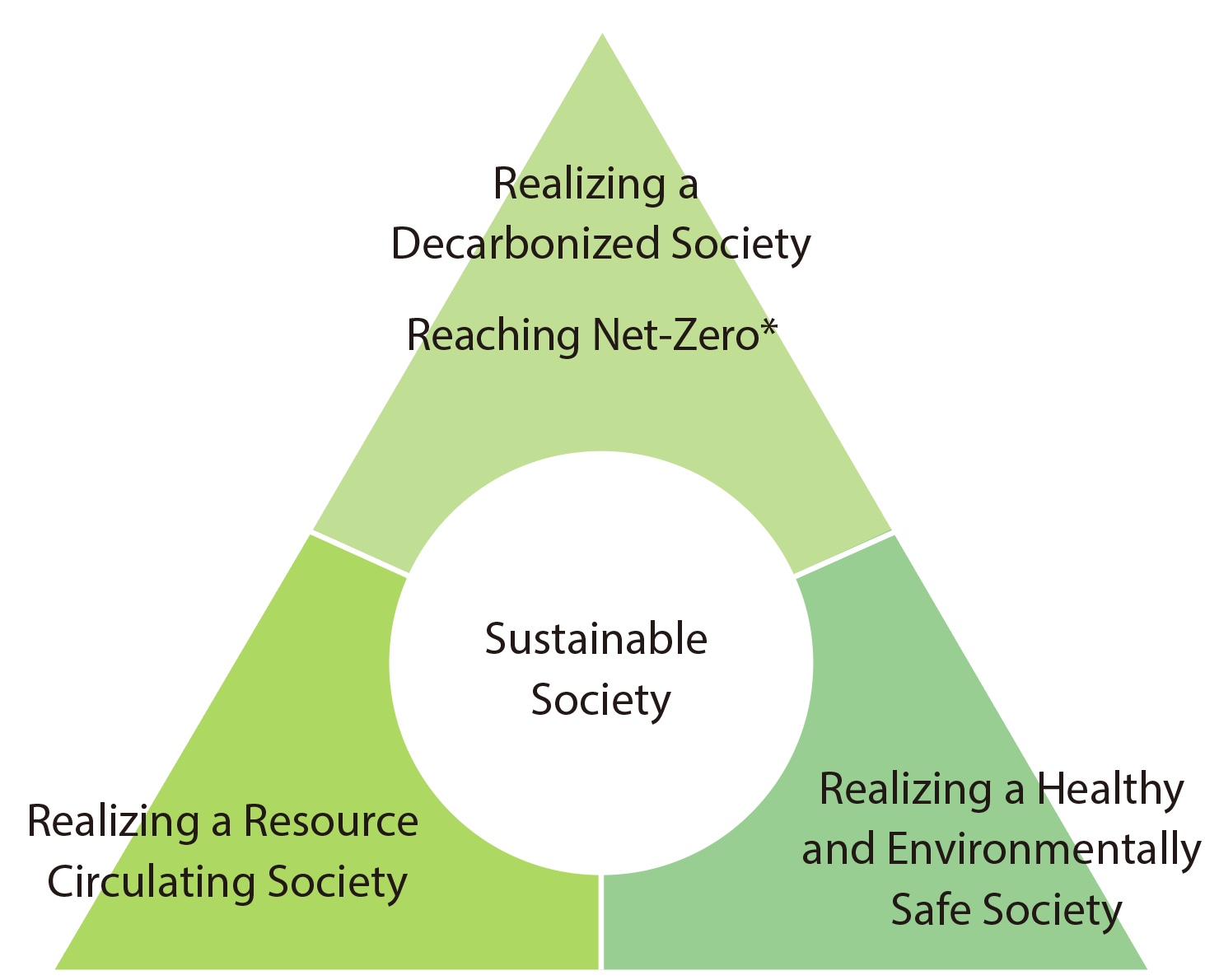
- *90% reduction of GHG emissions (Scope 1, 2, and 3) throughout the value chain, with the remaining emissions neutralized according to internationally recognized criteria.
Nikon Environmental Goal Relationship Diagram
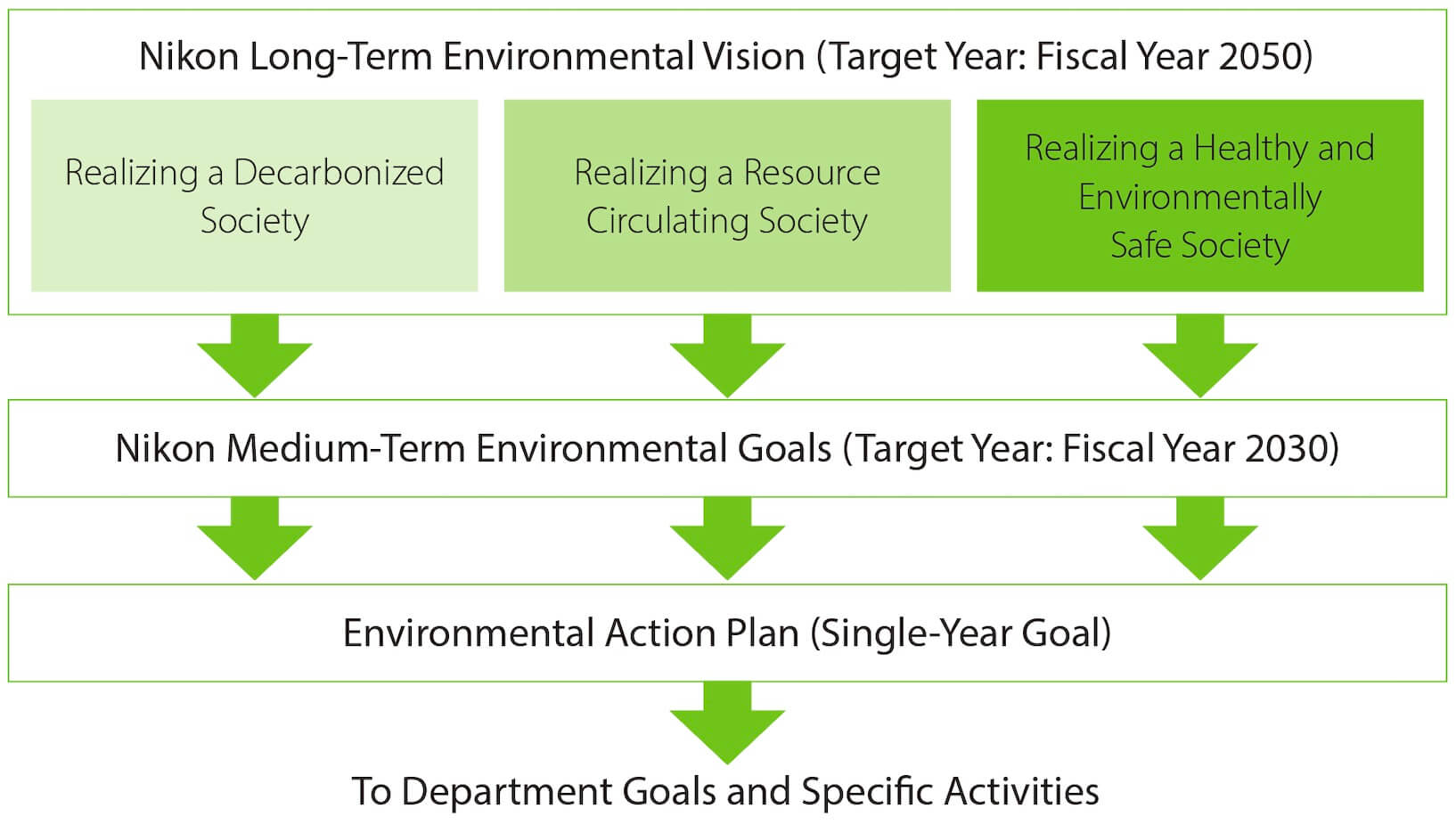
Materiality
3. Promoting a Decarbonized Society
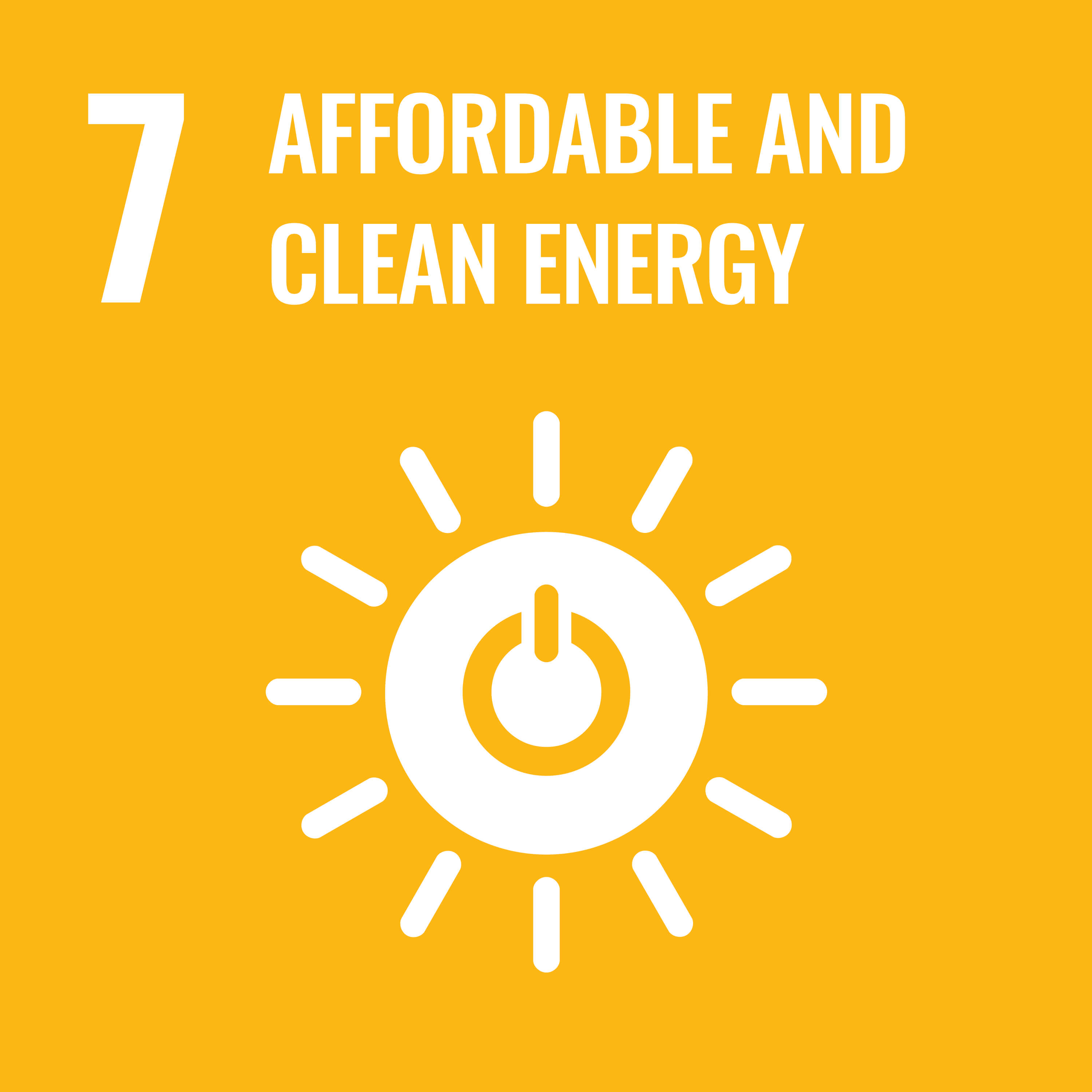
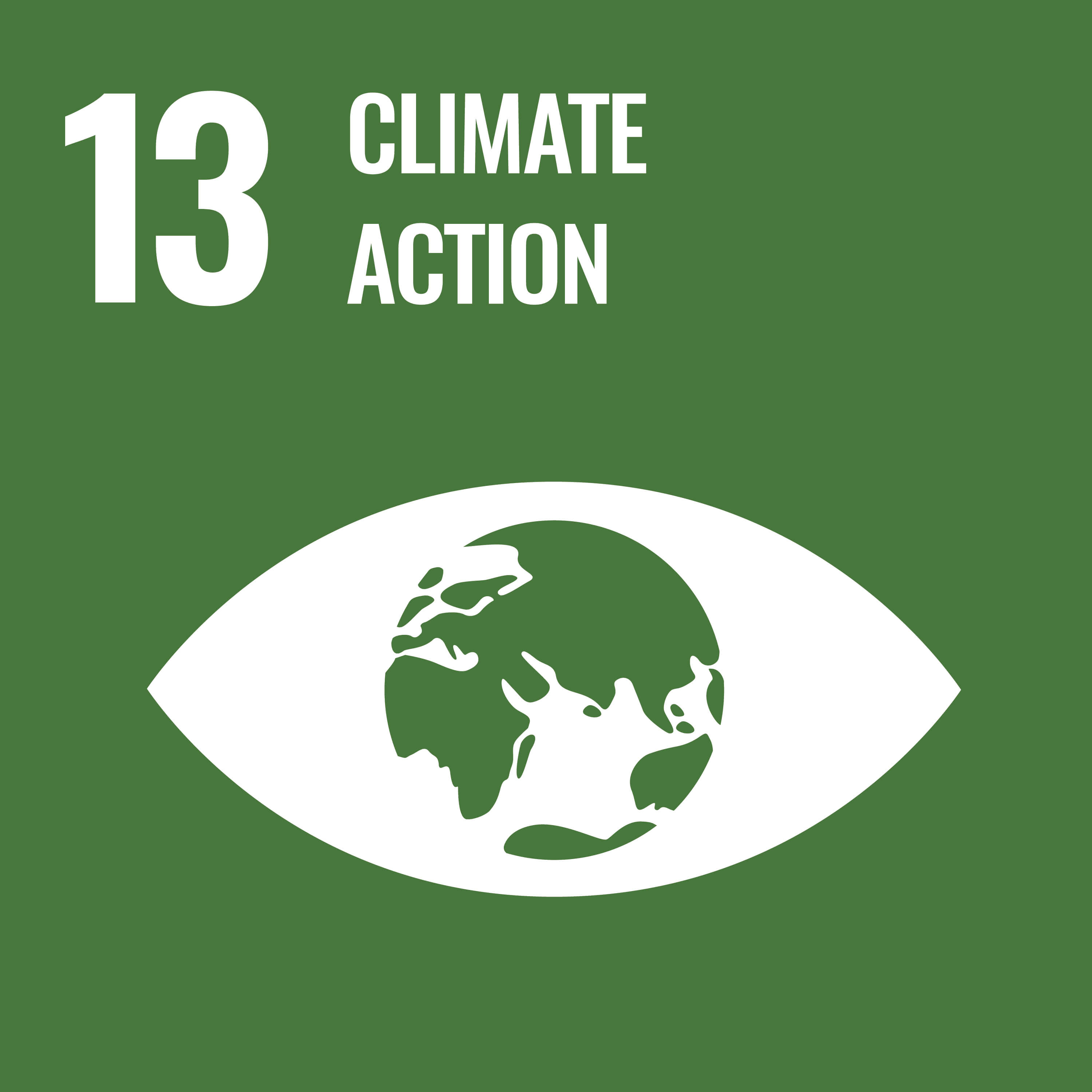
- Vision
- Achieving net zero throughout the value chain by fiscal year 2050
- Strategy
- GHG emission reduction in Scope 1, 2, and 3 and accelerate introduction of renewable energy
- Indicators: Targets
(Target Fiscal Year) -
- Scope 1 and 2 reduction (compared to FY2022): 57% (FY2030)
- Scope 3 reduction (compared to FY2022): 25% (FY2030)
- Achieve renewable energy adoption rate of 100%
4. Promoting Resource Circulation
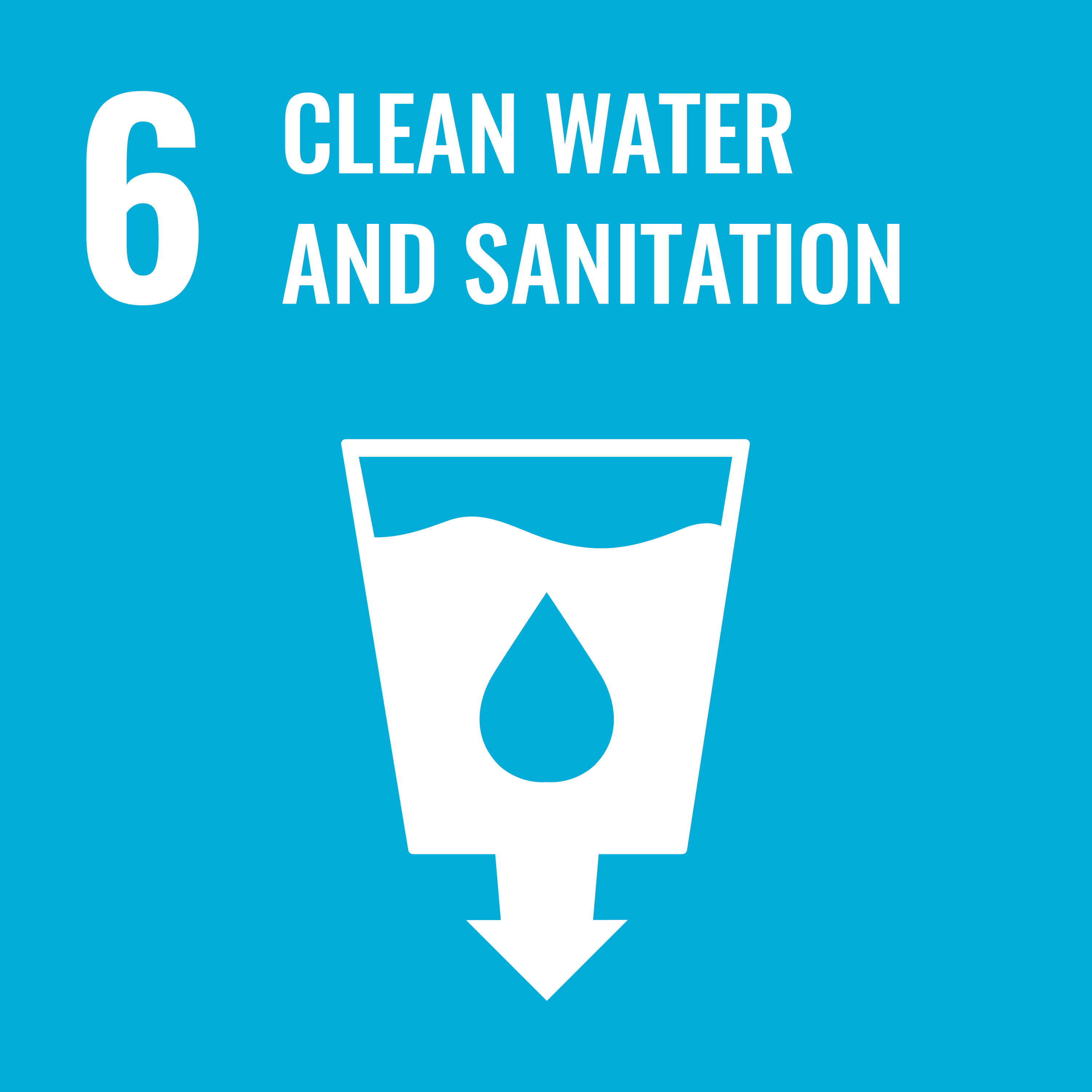
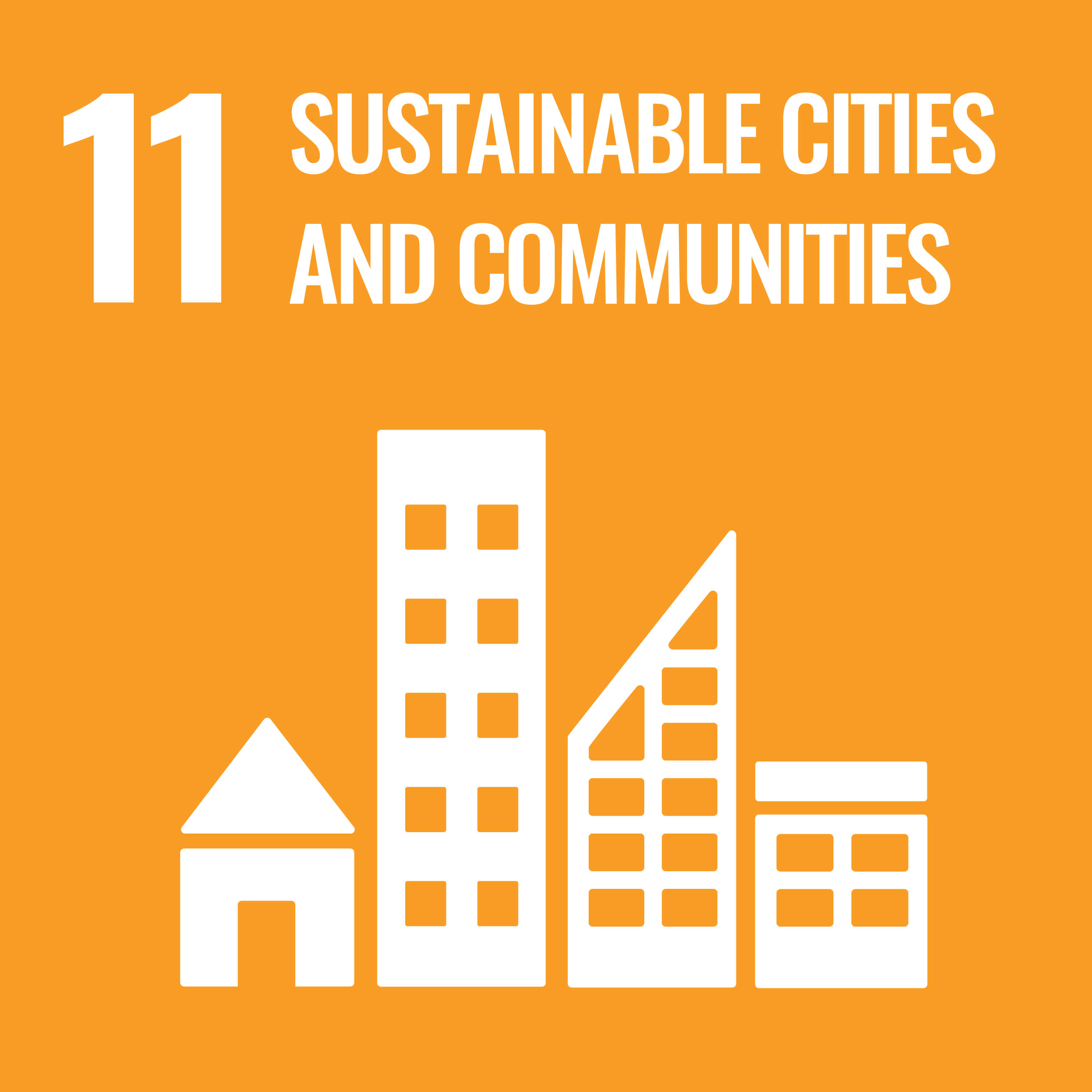
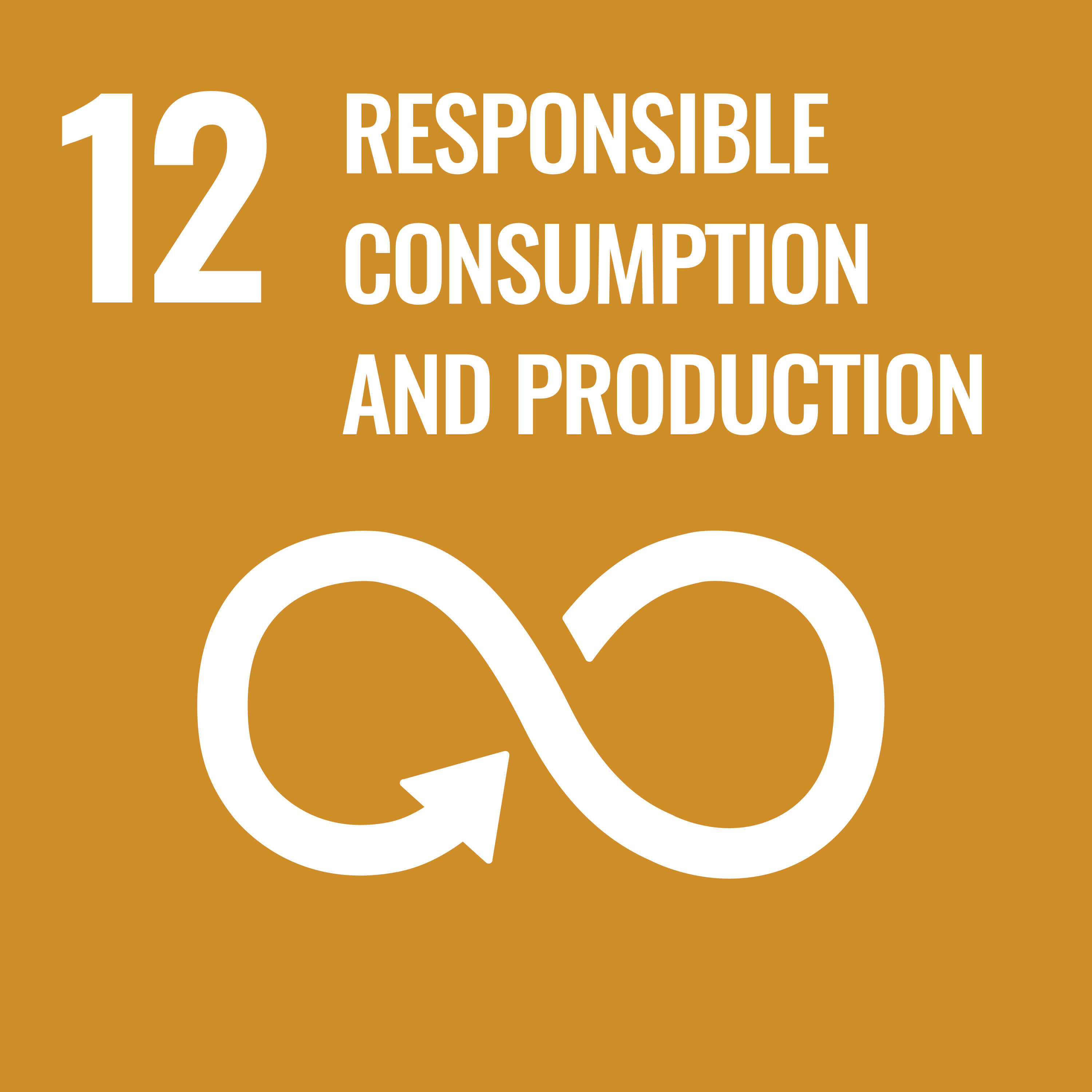
- Vision
- Minimizing resource consumption and maximizing resource circulation throughout the value chain
- Strategy
-
- Reducing resource consumption and waste, etc.
- Effective use of water leading to reduced water withdrawal
- Indicators: Targets
(Target Fiscal Year) -
- Percentage of use of recycled materials for products: 5% or more (FY2030)
- Rate of reduction in total discharged waste (compared to FY2018): 10% or more (FY2030)
- Rate of freshwater consumption reduction (compared to FY2018): 5% (FY2030)
5. Preventing
Pollution and Conserving Ecosystems



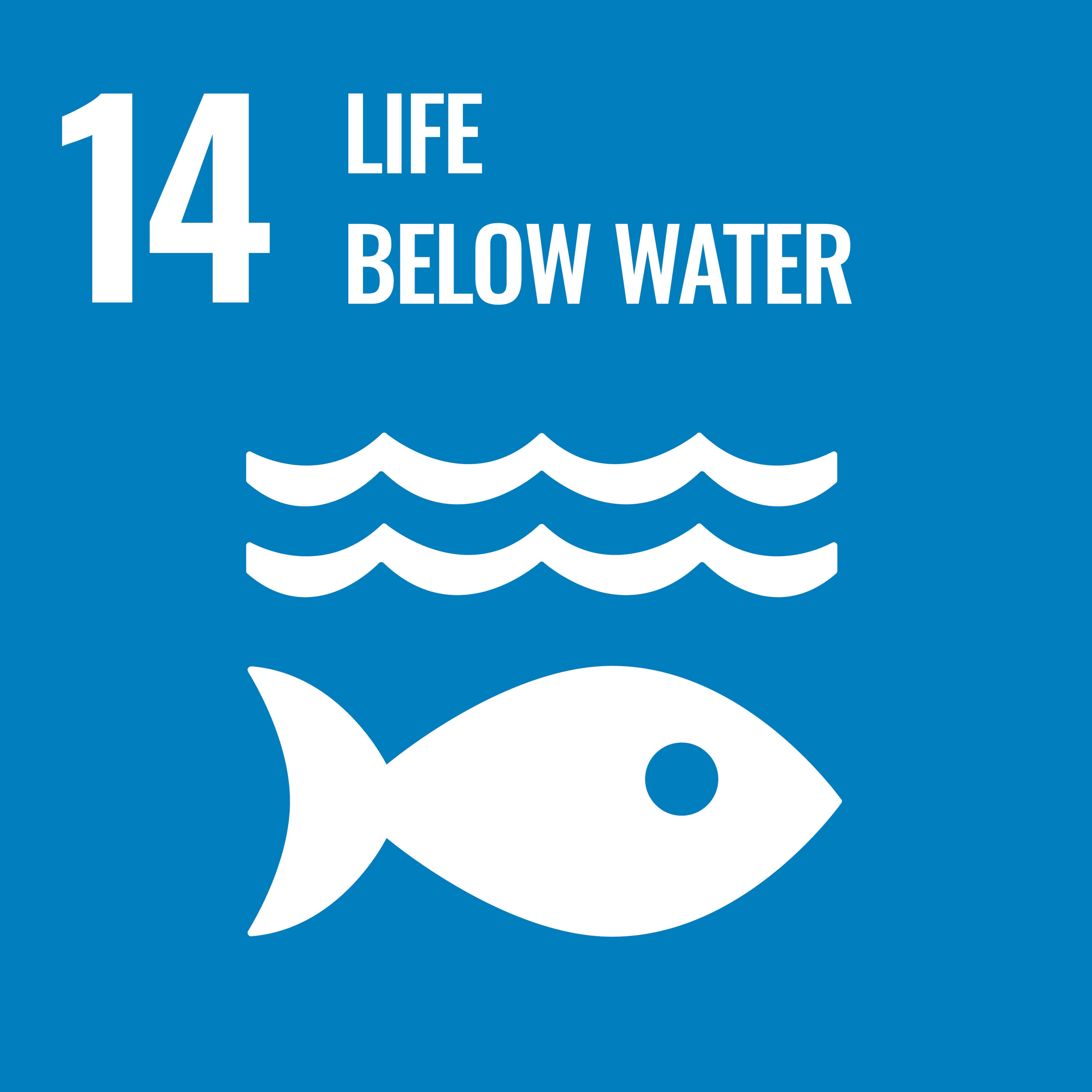
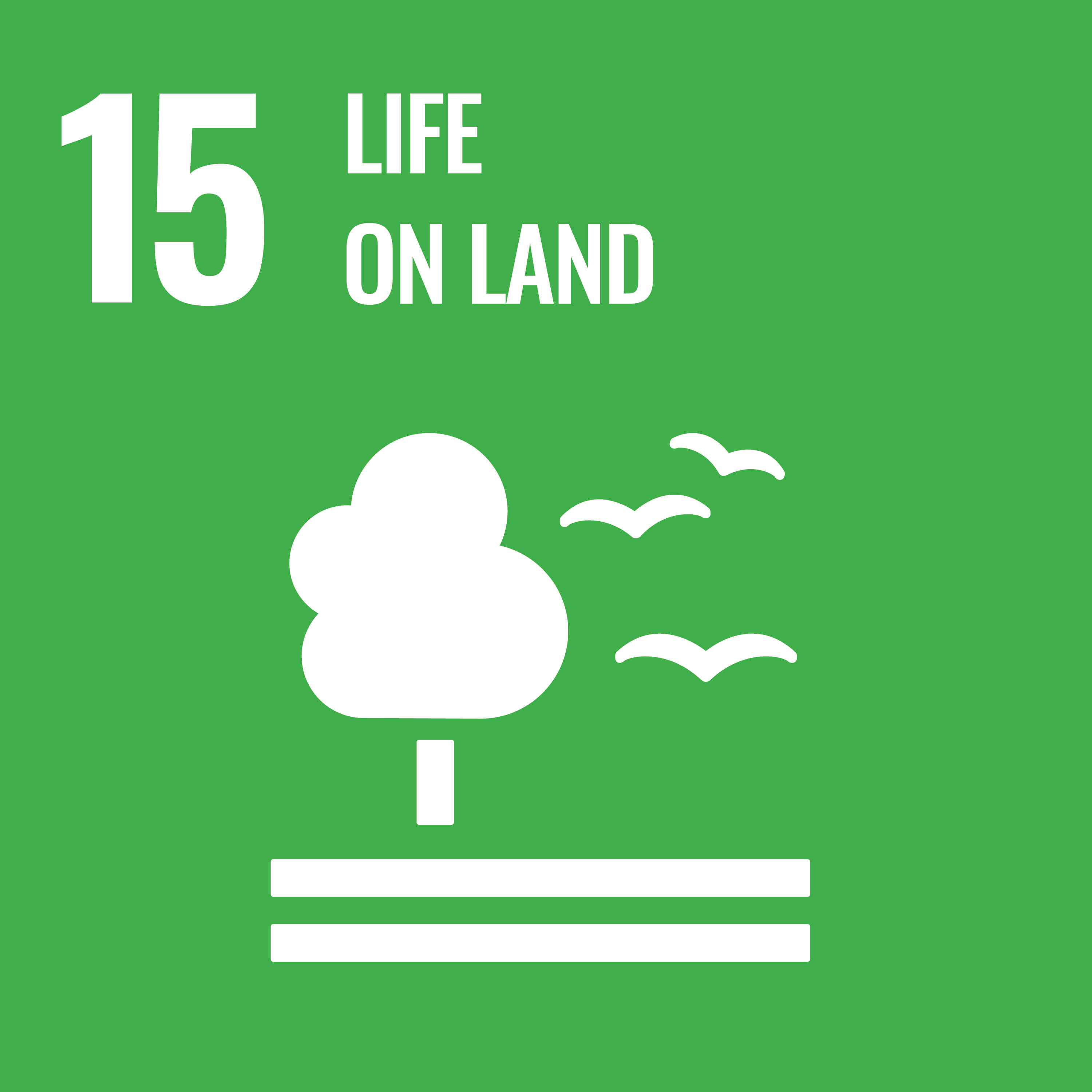
- Vision
- Zero negative impacts on human health or ecosystems in the value chain
- Strategy
- Appropriate use of chemical substances and reduction of ecological impact and dependence
- Indicators: Targets
(Target Fiscal Year) -
- Hazardous chemical substances in products: Containing zero (FY2030)
- Zero usage of hazardous chemical substances in manufacturing processes: Use zero (FY2030)
- Percentage of FSC-certified or recycled paper (catalogs, instruction manuals, packaging boxes): 100% (FY2030)
Pick Up
Promoting GHG Reductions with
Procurement Partners
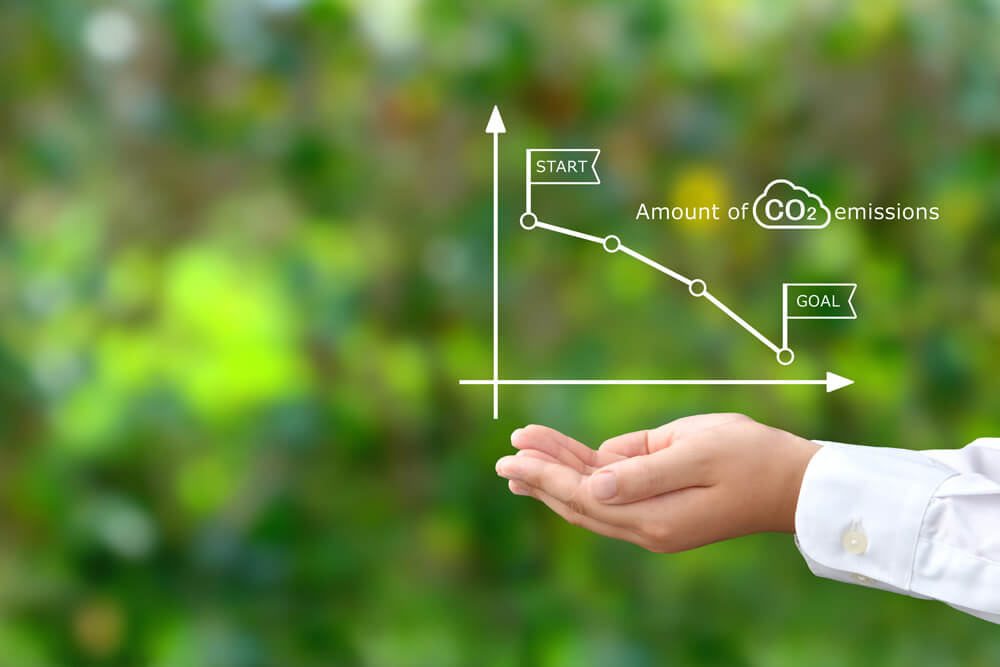
The Nikon Group encourages major procurement partners to calculate and
reduce GHGs.
In fiscal year 2024, we asked 100 of our major procurement partners to disclose
information. A total of 90 companies provided greenhouse gas emissions and other climate
change-related information. When making this request, we offered three briefing sessions for the
procurement partners in question. We also offered individual guidance and time for
question-and-answers on calculating GHG emissions as needed.
Throughout fiscal year 2025, we will
continue to expand the number of targeted procurement partners to 150 companies to better understand
partners' Scope 1, 2 and 3 emissions.
Reducing Plastics in Packaging
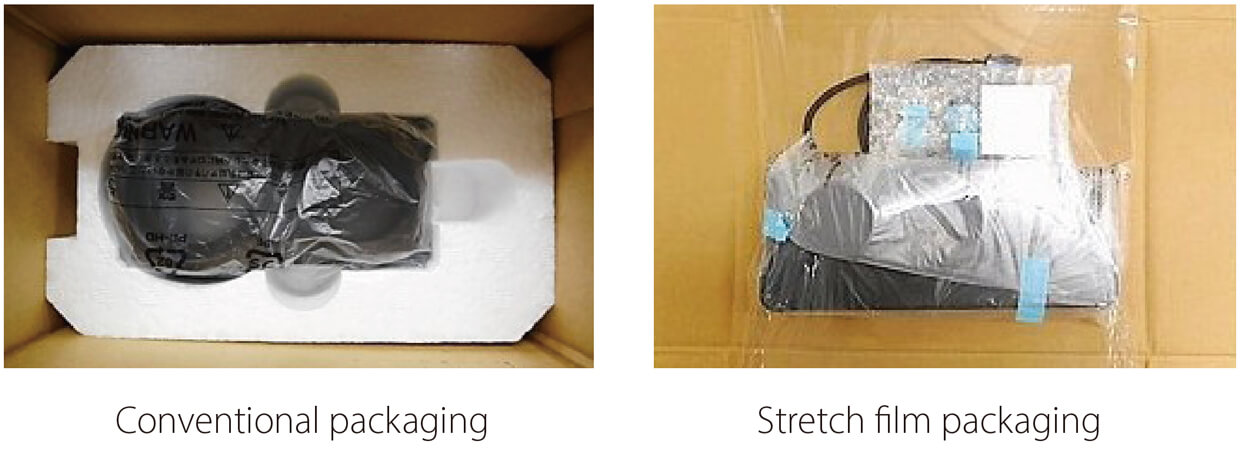
In recent years, marine pollution from plastic waste has become a global
problem. In response, the Nikon Group implements a number of measures that include reducing the amount
of disposable plastics used in product packaging and at production sites, using paper-based materials
instead of plastics, etc.
We are currently shifting packaging materials to paper for imaging
products. For example, we switched the foamed plastic cushioning material for the telephoto NIKKOR
Z 28-135mm f/4 PZ lens, launched in April 2025, to paper. We have also eliminated the plastic
window on the individual box for certain accessories.
We reduced the amount of plastics used in
healthcare products by approximately 97% compared with the previous packaging format by changing the
packaging method and by using fixed packaging that covers products in transparent film, rather than
using foam plastic cushioning materials.
Major Activities in Fiscal Year 2024
Scope 1 and Scope 2 Greenhouse Gas Emissions (Compared to Fiscal Year 2022)
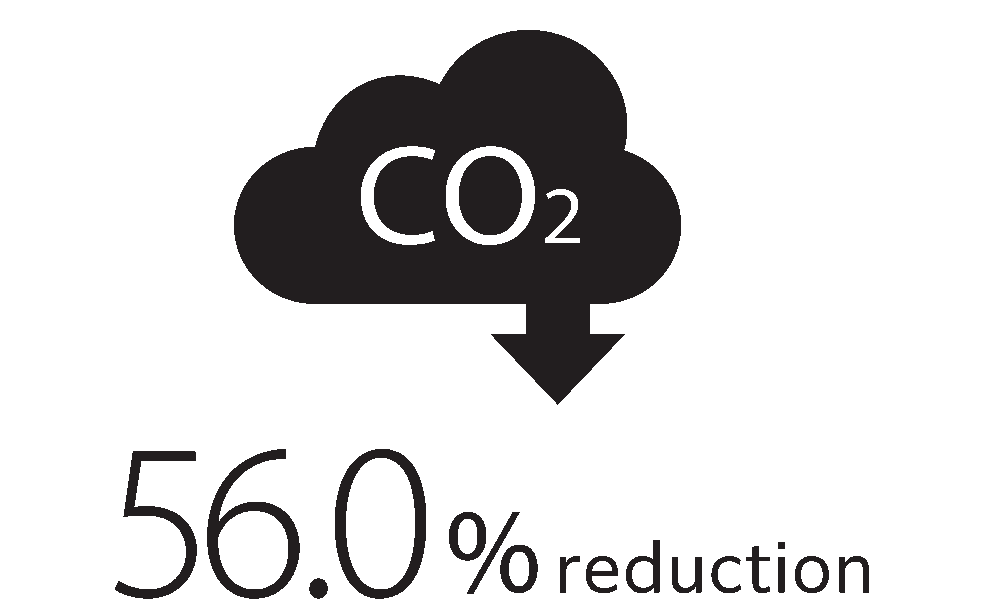
Total Waste Generated from Operations (compared to fiscal year 2018)
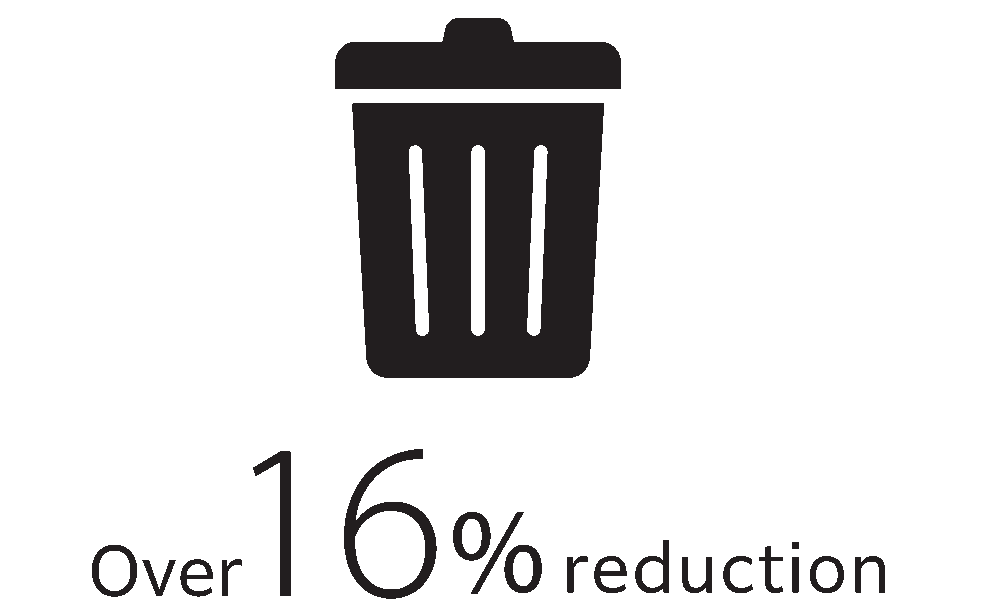
Unit Sales of Refurbished Semiconductor Lithography Systems
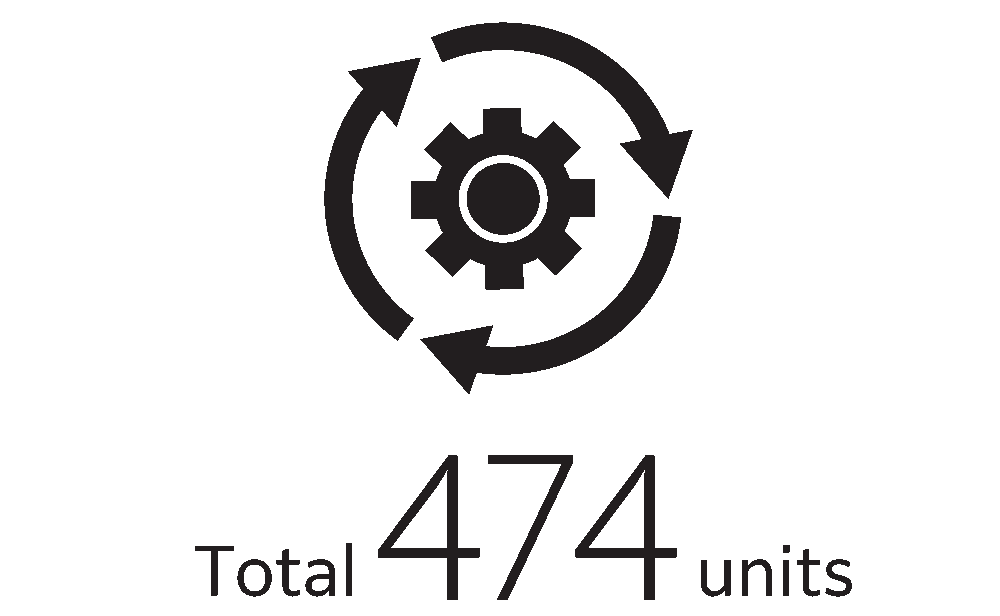
Eco-friendly Products
At the Nikon Group, to develop products that fully consider the characteristics of Nikon
products and their impact on the environment, we established Nikon's strict product assessment standards in
1955. This assessment evaluates all newly developed products in terms of weight and volume reduction,
reduction of hazardous substances, standardization of materials, and recyclability.
Additionally, in fiscal
year 2017, we revised the definitions and framework for environmentally friendly products. Since then, we have
introduced a system that certifies products that meet stricter standards in the product assessment as
Eco-friendly Products or Super Eco-friendly Products.
Eco-friendly Products Framework
